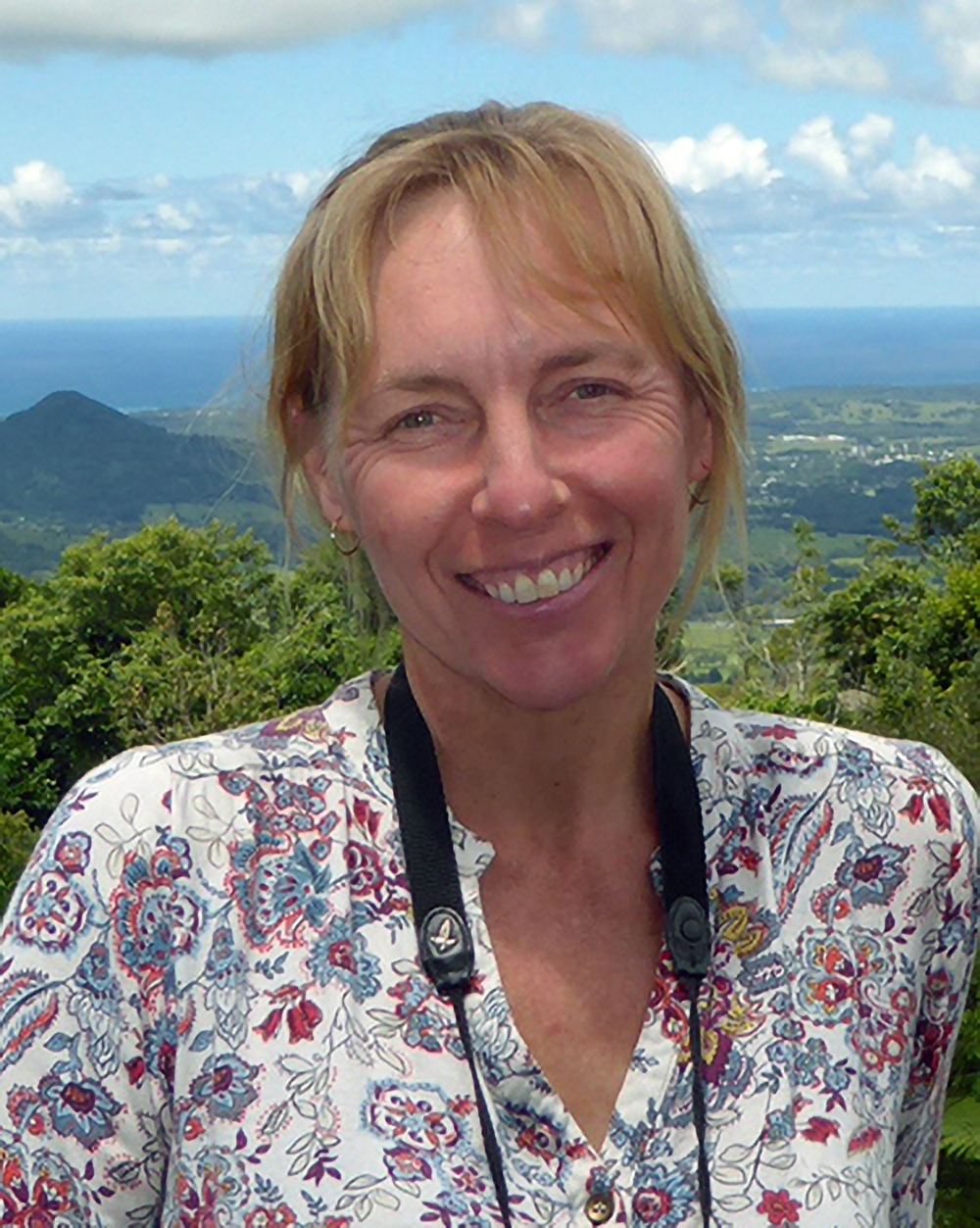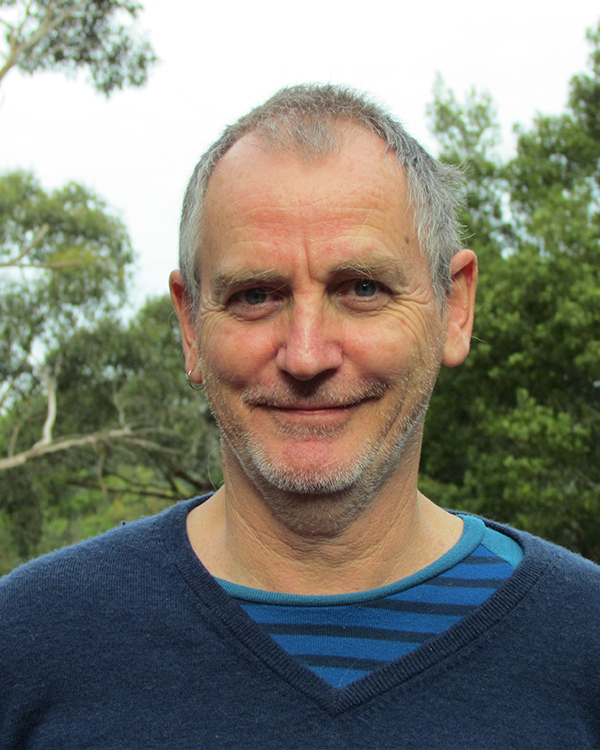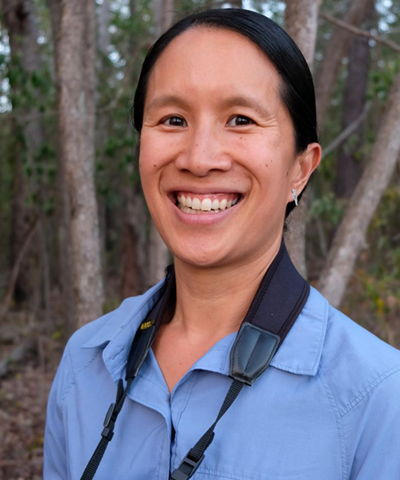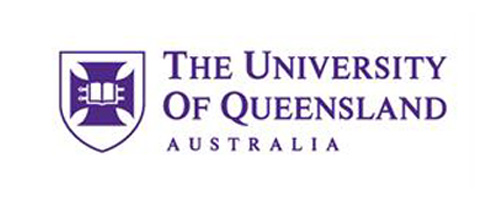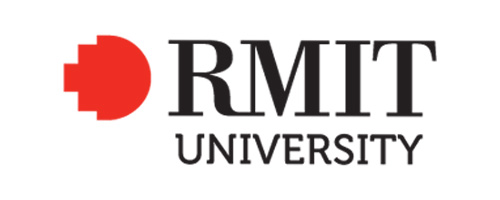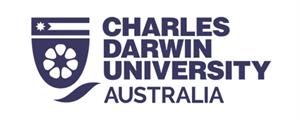
Project: 7.4
Cat impacts and management: Knowledge exchange for stakeholders
Project Leaders: Sarah Legge , John Woinarski , Georgia Garrard , Jaana Dielenberg
Research in Brief
In recent years, there has been considerable research, including work carried out by the TSR Hub, to improve our understanding of the impacts of feral cats on native wildlife, and to improve our capacity to manage those impacts.
In this project, we will synthesise information on cat impacts, cat management and how to measure the management effectiveness of cat control and investigate the most appropriate means to disseminate this information. We will work closely with diverse stakeholders to create information products tailored to these groups that maximise utility and uptake for each sector. Photo: Eddy Van 3000 from Belgiquistan CC BY-SA 2.0 Wikimedia Commons
Photo: Eddy Van 3000 from Belgiquistan CC BY-SA 2.0 Wikimedia Commons
Why is the research needed?
There is increasing community interest in the impacts and management of feral cats in Australia, driven in part by the high profile accorded to feral cats in the Australian Government’s 2015 Threatened Species Strategy. Acceptance of the need to manage cats to reduce their impacts is relatively high in Australia. There is a correspondingly strong appetite for access to the latest research findings on feral (and pet) cats. The information base on cat impacts and management options is also growing relatively rapidly, with much of this information base contributed by past and current projects in the hub.
However, this information is dispersed across many separate research papers and project publications. In addition, different sectors are interested in different parts of the growing information base and require information to be presented specifically to suit their needs.
The project also responds to an extraordinary interest in this subject among sections of the community. For example, a single article by the project proponents in The Conversation was viewed by more than 150,000 people, and recently published papers arising from the hub cat impacts project are regularly among the most-viewed papers in international and national journals. However, this profile has also attracted some strident backlash. The project aims to ensure that such interest and potential antagonism can be managed optimally, and that evidence is communicated effectively to and with the very diverse set of interest groups.
 Photo: Joysaphine CC BY-NC 2.0 Flickr
Photo: Joysaphine CC BY-NC 2.0 Flickr
How will the research help?
A wide range of people and organisations are involved in cat management, from pet owners to local councils, NGOs, Indigenous rangers, state/territory and Commonwealth governments. Information about cat impacts and management needs to be tailored specifically for these different audience groups.
This project aims to:
- Identify key interest groups for which the project will have maximum value
- Work with those groups to identify the key information gaps that could help them improve their cat-related management
- Work with these groups to package this information to maximise its impact, utility and uptake.
Interest groups might include:
- Office of the Threatened Species Commissioner and the Australian Government’s Department of the Environment and Energy
- State/territory conservation agencies
- On ground NGOs (e.g., Birdlife, Bush Heritage Australia, the Australian Wildlife Conservancy, Arid Recovery)
- Advocacy NGOs
- Local government
- Sporting Shooters Association of Australia and their state branches
- Island-based communities (Indigenous and non-Indigenous)
- Natural Resource Management groups
- Indigenous groups and collaborations and the hub’s Indigenous Reference Group
- Pet cat owners
- Veterinary associations
- Pet food and pet care industries
- Peak bodies for pet cat management like the RSPCA and Animal Management in Rural and Remote Indigenous Communities (AMRRIC)
- Landcare groups and farmers
- Birdwatching groups
- General media
- Schools
Importantly, the project aims not only to communicate findings to these diverse groups, but also to engage them in conversations about cat impacts and management options.
The project will enhance the national conversation about cat impacts and management, and the evaluation of that management, by engaging with and learning from a range of sectors and ensuring information can be accessed more easily. By proactively sharing information across the community, the project will also counteract the dissemination of misleading information that can result in extreme polarisation of views and a stalemate in policy and management.
What research activities are being undertaken?
The project team will engage with potential interest groups to collaboratively identify the specific information needs that will be most valuable to them, and how that material could be packaged for maximum effect. Some of this engagement can happen through established fora that bring together a range of stakeholders, such as the Feral Cat Taskforce, which is convened by the Office of the Threatened Species Commissioner.
The project team will work closely with the communications team of the hub, and the communications arms of other key partners, to develop the information products.
Who is involved?
Many individuals and groups are involved in information exchange about cats and their impacts on Australia’s threatened species and wildlife generally. These include university researchers and communications professionals, the Commonwealth Department of the Environment and Energy (including the Office of the Threatened Species Commissioner), state conservation agencies, local councils, a range of non-government organisations, Landcare and Natural Resource Management groups, Indigenous groups, pet care and welfare organisations including the RSPCA, AMRRIC and the Australian Veterinary Association.
Where is the research happening?
The project will collate the findings of research carried out across Australia.
When is the research happening?
The project will run from January 2019 to June 2021.
Further information
For more information please contact:
Sarah Legge - SarahMariaLegge@gmail.com
John Woinarski - John.Woinarksi@cdu.edu.au
Jaana Dielenberg - J.Dielenberg@uq.edu.au
Georgia Garrard - georgia.garrard@rmit.edu.au
Tida Nou - T.Nou@uq.edu.au
Top image: Feral cat. Photo: Hugh MacGregor
-
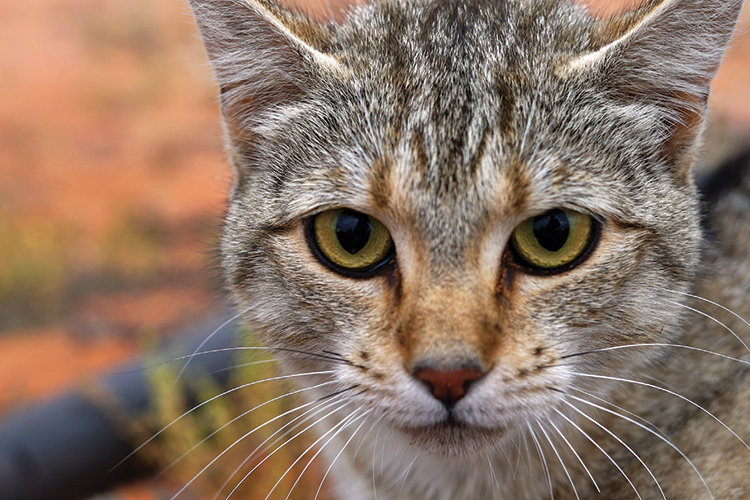
Addressing our wildlife cat-astrophe
Monday, 16 March 2020 -
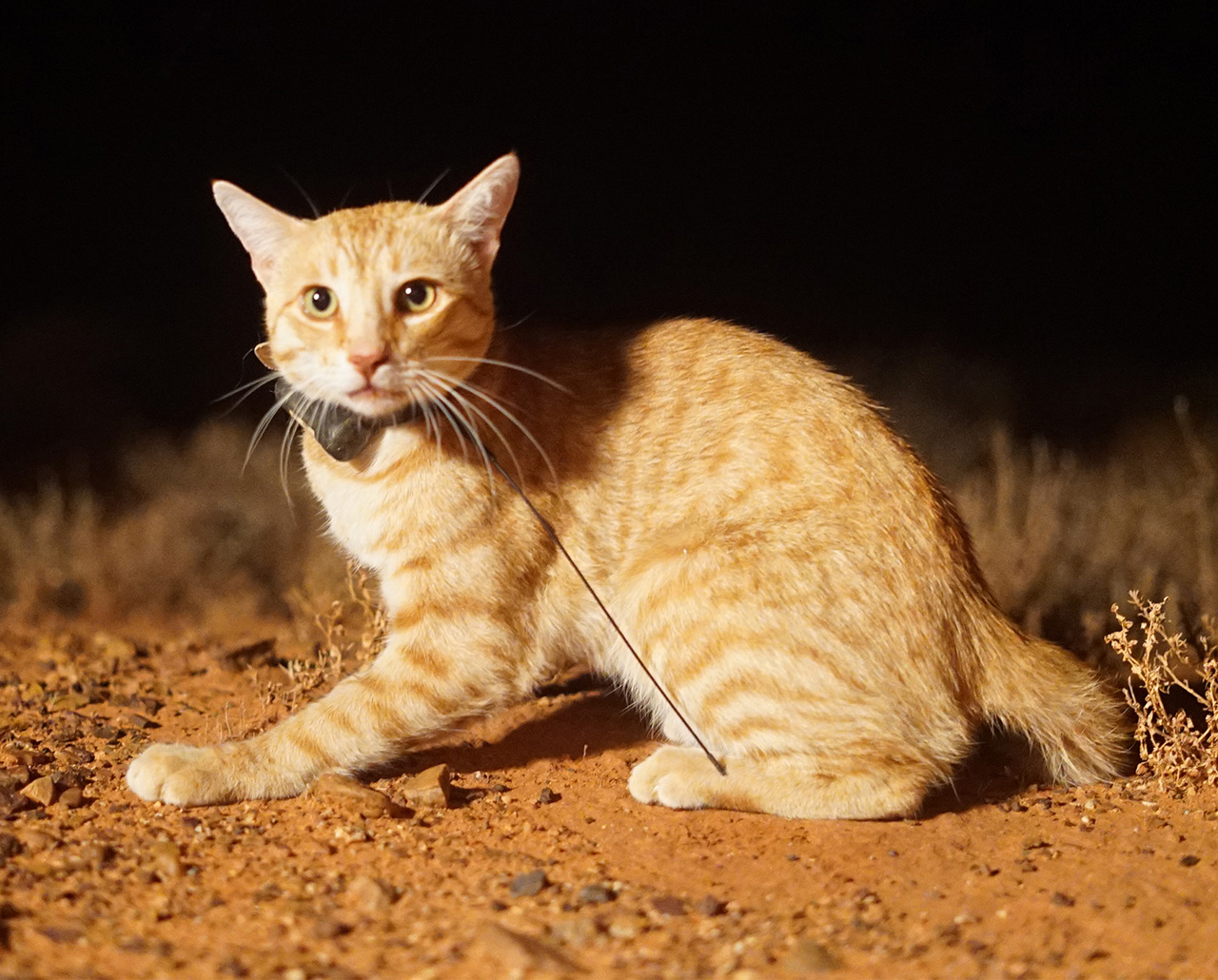
Cat science finalist for Eureka Prize
Monday, 28 September 2020 -
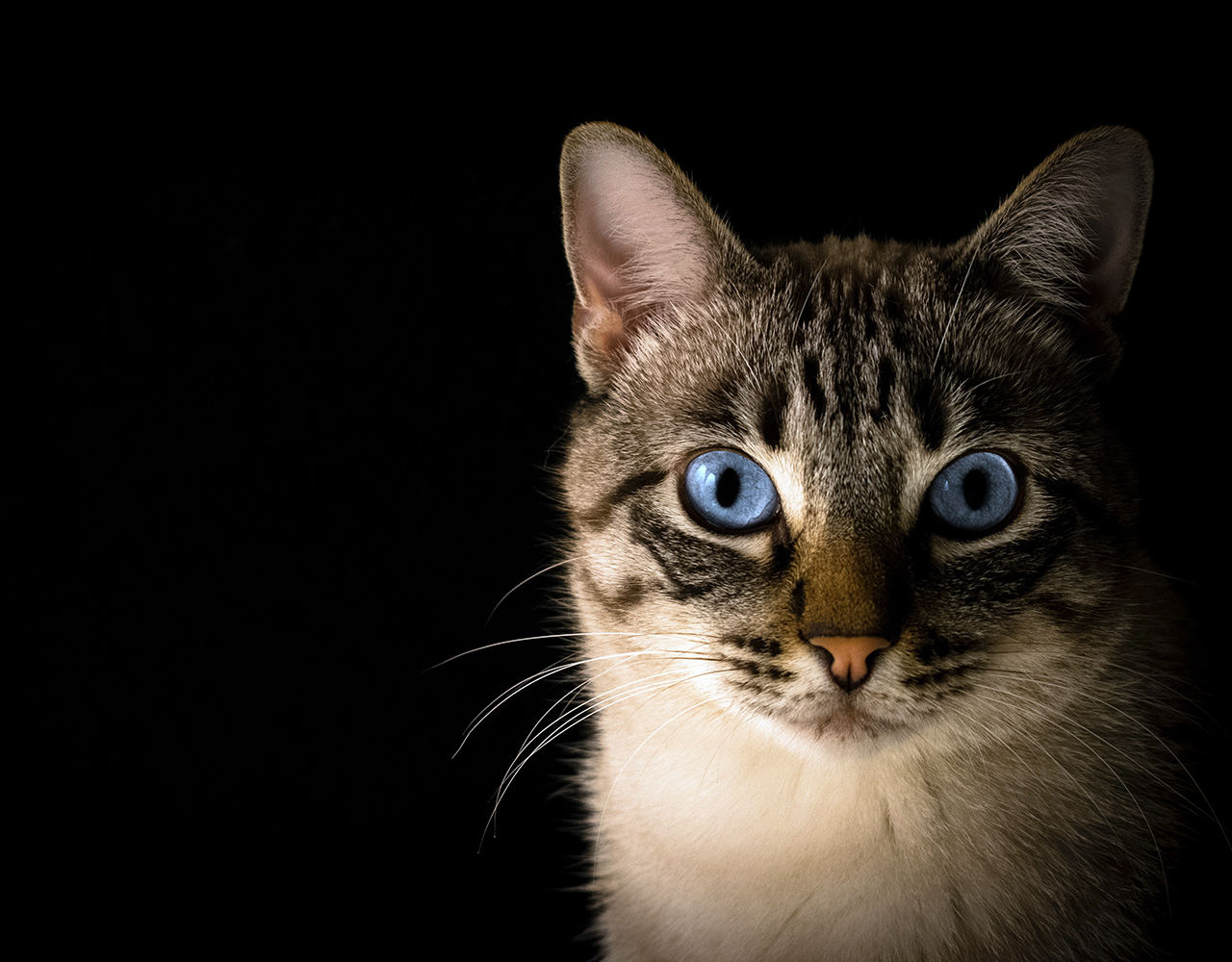
One cat, one year, 110 native animals: Lock up your pet, it’s a killing machine
Wednesday, 28 October 2020 -

Our cute killers: Cats kill more than 1.5 billion native animals per year in Australia
Tuesday, 09 July 2019
-

Combating a conservation catastrophe: Understanding and managing cat impacts on wildlife
Tuesday, 06 October 2020 -

Cat-borne diseases and their impacts on human health
Monday, 19 October 2020 -

li-Anthawirriyarra Sea Rangers managing cats on West Island
Thursday, 16 September 2021 -

Cat-borne diseases and their impacts on agriculture and livestock in Australia
Monday, 07 December 2020 -

The impact of roaming pet cats on Australian wildlife
Monday, 27 July 2020 -

Caring for Country: Managing cats
Tuesday, 09 November 2021
